





|
|
|
Argia agrioides (California Dancer) and Argia nahuana (Aztec Dancer)—both
males and females, are virtually identical in coloration and require in-hand examination (or close,
sharp photos) of structural differences to confirm identification. Recently, Dennis Paulson found that
some male Argia agrioides can be identified by the pattern of markings on the second abdominal
segment, but other males
require a view of structural characteristics (see Dragonflies and Damselflies of the West, 2009, by
Dennis Paulson). Females have some coloration differences too, but these are not definitive because of
variation.
Recently I discovered what appears to be another helpful character for identifying both males and females
of these species in the field or in good quality, well-exposed photos. On nahuana, the subcosta, radius
anterior, radius posterior first branch, and cubitus are noticeably paler (light brown or golden) than
other major veins. In particular, the pale subcosta and radius anterior contrast with the darker costa,
and especially compared with the costa proximal to the nodus (sometimes more obvious, sometimes more
subtle—possibly depending on the angle and lighting). On agrioides the wing veins are
relatively uniform in tone without any contrastingly pale veins, or if there is any difference in tone, the
costa is paler than the other veins.
|
|
Below is a Argia vivida (Vivid Dancer) wing with subcosta (Sc), radius anterior (RA), radius
posterior first branch (RP1), and cubitus (Cu) highlighted in red.
I happened to have this image
available—I'll try to scan the wings of Argia nahuana sometime soon.
|
 |
| |
|
A close look at specimens of Argia nahuana reveals that there are some differences between the
wings' outer and inner surfaces (on the closed wings). On the outer surface, it is the subcosta (Sc), radius
posterior first branch (RP1), and cubitus (Cu) which tend to be most pale; on the inner surface, it is
the radius anterior (RA) which tends to be most pale, but this can be quite visible through the wings
on the opposite side (e.g. when looking at the left side of the closed wings, you may see the pale RA
on the right wings).
I haven't had a chance to field test this difference between agrioides and nahuana, but I
imagine that it is apparent through binoculars
and macro lenses (with adequate lighting), and could help those who do not identify these damsels in-hand
to sort out which species are encountered during an outing. It could help to target individuals of
nahuana where they are not known to occur within the range of agrioides, and vice versa,
where agrioides is not known to occur within the range of nahuana. I think it is always a
good idea to confirm the identity by examining structural characteristics in-hand, particularly when
individuals are found outside of their known range.
Below is a series of photos of males and females of both species—the two species alternated for easier
comparison, with enlargements of the wings. Most of these were taken on Twentymile Creek, Lake County,
Oregon, on 26 July 2010, except for the female Argia agrioides which was photographed on the
Illinois River, Josephine County, Oregon, on 14 September 2008. The identities of all were confirmed
in-hand. In addition, you can check out Ray Bruun's photos of
Argia agrioides
and
Argia nahuana,
and Greg Lasley's photos of
Argia nahuana
for comparison. No doubt there are other photo collections on the web to check out.
Note that there are no apparent contrastingly pale veins on the Arizona individuals of Argia
nahuana on Greg Lasley's site. It is unknown if this is due to variation,
angle, lighting, camera exposure/flash settings, image processing, or some combination. Greg was kind
enough to send enlargements of the wings and there are no visible traces of pale veins in either. Greg does
not recall whether those individuals were collected or confirmed in-hand, so the possibility that they are
actually agrioides can't be ruled out.
A few of my specimens of nahuana have veins which are just barely paler than the costa. That
may be due to postmortem changes, but this does seem to be the case in some live individuals too—look
at the second male nahuana below. If this individual was photographed without the use of flash, it's
possible that the veins would appear more uniform in tone. I suggest this take home
message: if the subcosta, RA, and RP1 are visibly paler
than the other major veins (the costa proximal of the nodus, as well as other veins near the posterior
margin of the wing), you can assume that you have
nahuana, but the appearance of uniformly toned veins is not necessarily indicative of
agrioides and closer scrutiny is recommended to confirm the identity.
I'd be interested in hearing about your experience with the usefulness of this character. There is no
doubt some variation in both species, but how much is not apparent at this time.
Thanks to Ken Tennessen, Tim Manolis, and Rosser Garrison for reviewing these photos as well as specimens available to
them.
|
| |
 |
 |
| |
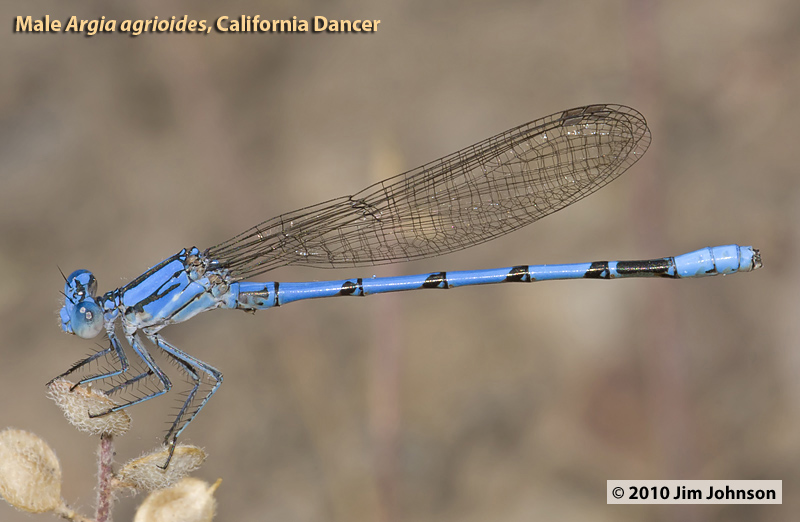 |
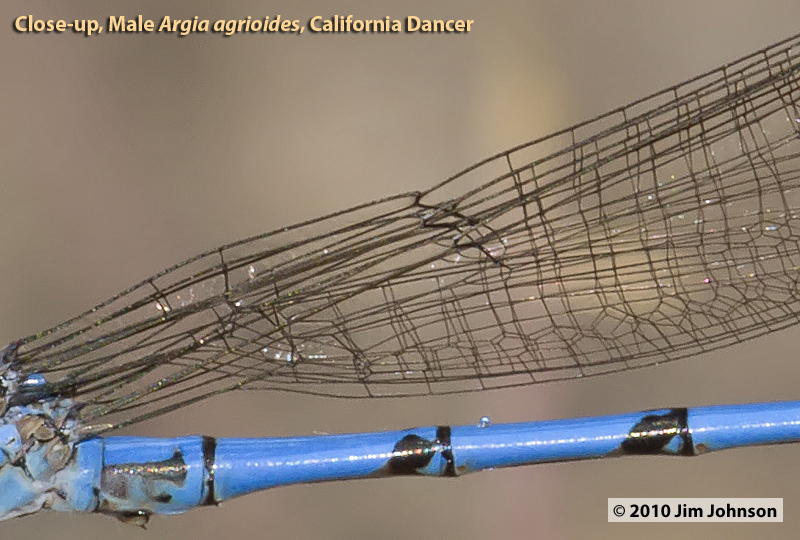 |
| |
 |
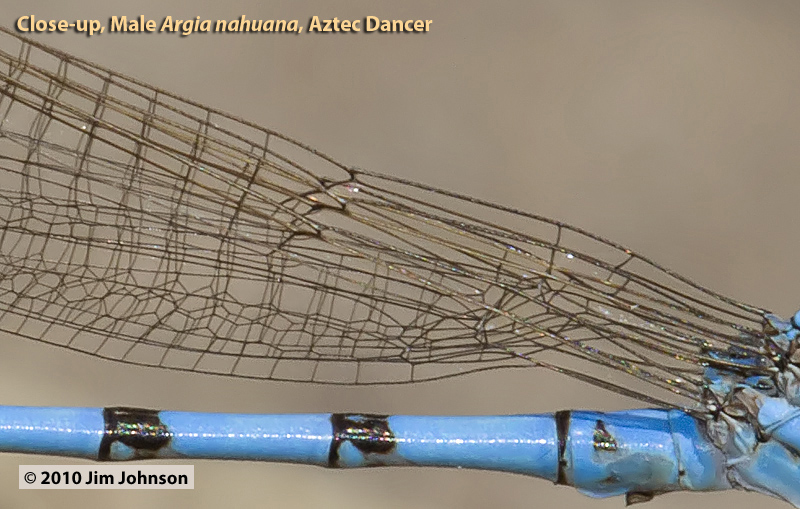 |
| |
 |
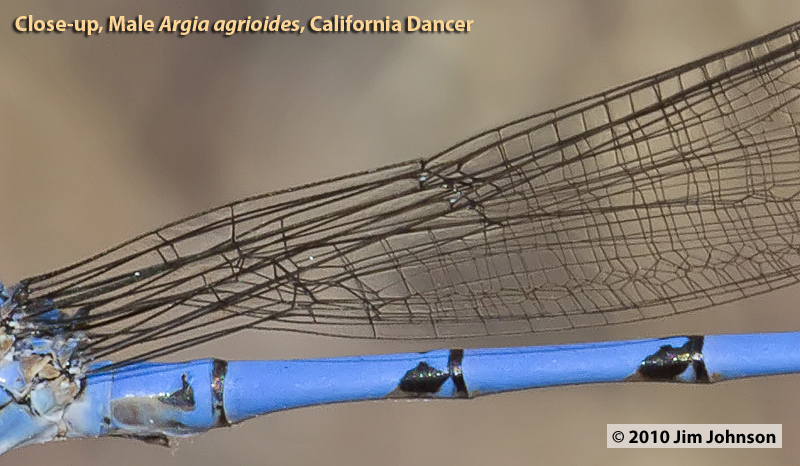 |
| |
 |
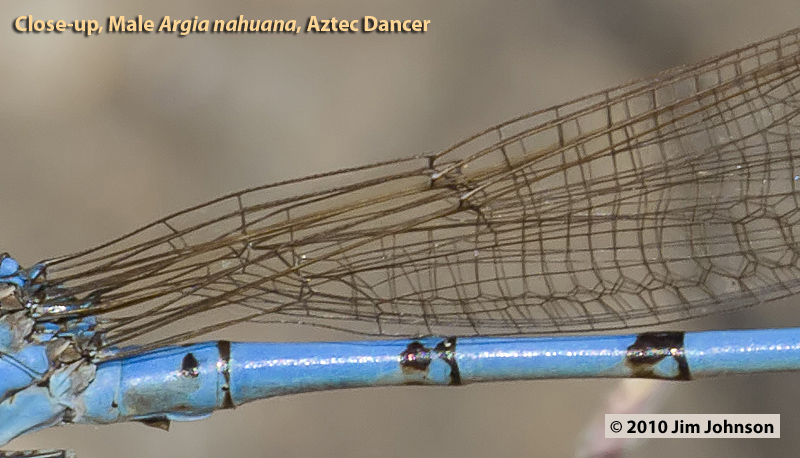 |
| |
 |
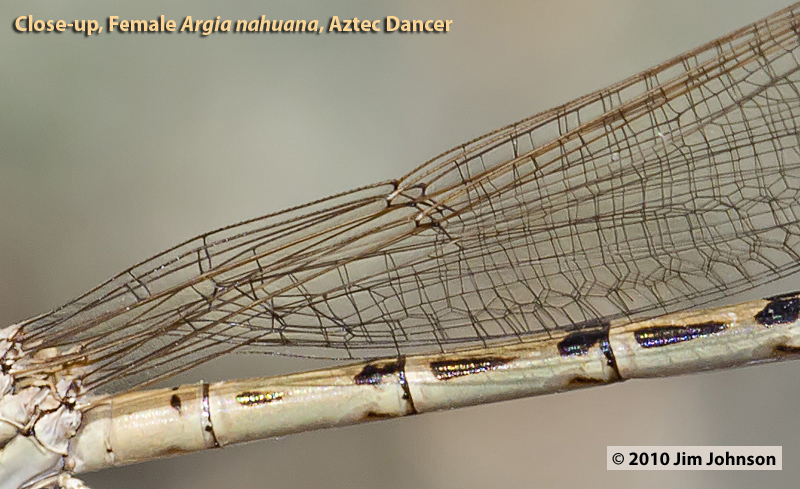 |
| |
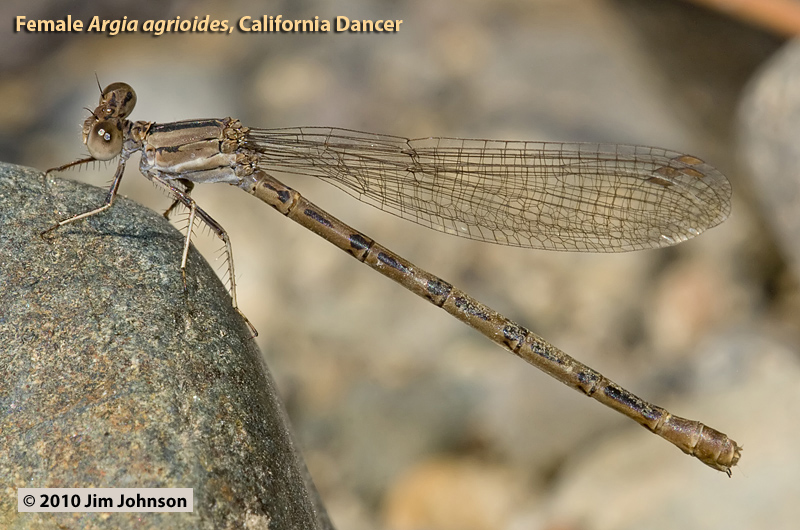 |
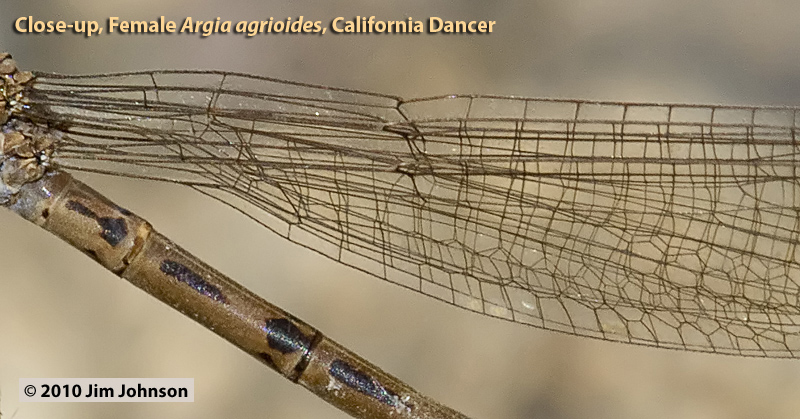 |
| |
 |
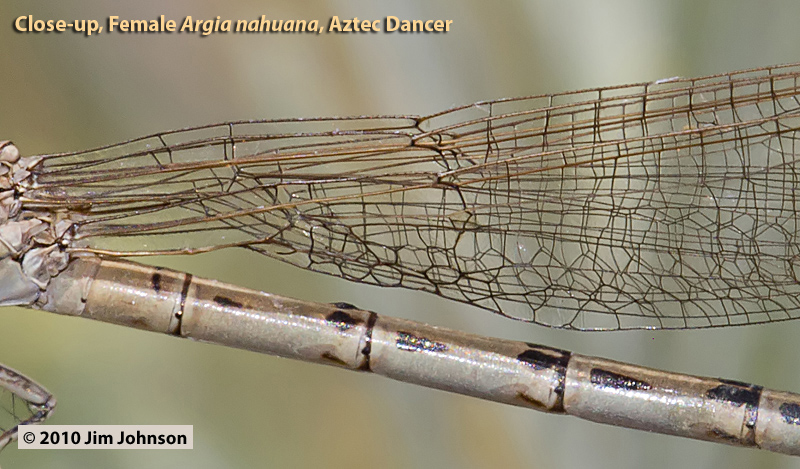 |
|
|





